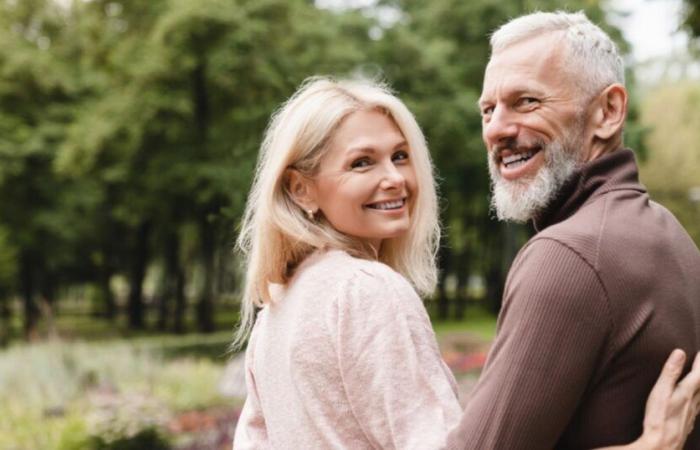For the past few months, an unusual practice has been talked about on social networks: “march to farts”, or fart walk. Much more than a simple viral phenomenon, this post-repas habit is today defended by certain health experts. The idea? Make a short digestive walk while giving free rein to its flatulence. Popularized by Mairyln Smith, a British follower, this surprising approach has established itself as a daily ritual after dinner. Supported by the hashtag #fartwalks, it appeals to an ever wider audience. But why does this practice gain so many followers? More importantly, what are its health benefits?
What to know
“Pets walking” is not just an eccentric movement from the Internet. According to her supporters, she meets concrete physiological needs. The flatulence, often taboo, are a sign of good health. They allow the body to evacuate the gases produced by the digestion of dietary fibers in the intestine. Dr Gérald Kierzek, emergency doctor and medical director of Doctissimosays: “Flatulence play a key role in digestive and global health. »»
Practicing a walk after meals would thus stimulate intestinal motility, that is to say the movements of the intestine muscles. These contractions promote optimal digestion while limiting the retention of gases responsible for bloating sensations.
A gentle solution against digestive disorders
The positive impact of this walk on the transit does not stop there. Dr. Tim Tiutan, doctor and influencer on Instagram, explains that a digestive walk helps to fight effectively against constipation. By facilitating the displacement of gases and foods in the digestive tract, these ten or fifteen minutes of walking offer a natural alternative and without side effects to laxatives.
In addition, this walk acts as a real “natural intestinal massage”, according to Dr Kierzek. This reduces the sensations of heaviness after meals and overall improves digestive comfort.
Diabetes prevention and blood sugar control
Beyond its benefits on the intestine, walking after dinner plays a crucial role in the regulation of blood sugar. A study published in 2016 by Diabetology demonstrates that a 10 -minute walk after each meal is more effective in stabilizing blood sugar than 30 minutes of continuous walking at another time of the day. It is a particularly important fact to prevent type 2. diabetes. With age, especially after 40 years, taking care of your blood sugar becomes essential to avoid this chronic disease.
Cancer protection
The regular practice of physical activity, as sweet as it is, is also recognized for its ability to reduce the risk of developing certain cancers. Professor Amy Berrington, director of the Cancer Clinical Epidemiology Group at the Cancer Research Institute, stresses that there are “solid evidence” that an active lifestyle decreases the risks of several types of cancer in men and women. By acting directly on metabolic processes, PETS walking could thus be part of a long -term preventive approach.
The figures to remember
- Normal gas production varies between 14 and 25 flatulence per daysign of an active intestinal microbiota.
- To walk 10 to 15 minutes After meals would be enough to alleviate bloating and improve digestion.
- Post-repas walking reduces blood sugar peaks until 24 hours after efforta beneficial effect scientifically proven.
Change perceptions on flatulence
One of the main challenges of this trend is to eliminate the taboo surrounding flatulence, often perceived as embarrassing. However, their role in the functioning of the microbiota is crucial. Hydrogen sulfide, one of the chemicals released by intestinal gases, would even play a protective role for cells by slowing up aging, according to preliminary results of scientific research.
A habit accessible to all
The simplicity of this practice largely explains its success. PETS walking does not require special equipment or physical condition. It is easily integrated into a daily routine, making its benefits accessible to each, whatever age or lifestyle.
Sustainable fashion?
Beyond its unusual aspect, PETS walking could well become a lasting habit, especially thanks to its many benefits validated by science. The virality of the phenomenon on social networks has enabled experts like Dr. Tim Tuitan to educate a young audience connected to simple gestures that improve quality of life.
So it’s up to you! You have nothing to lose, otherwise some inhibitions.








